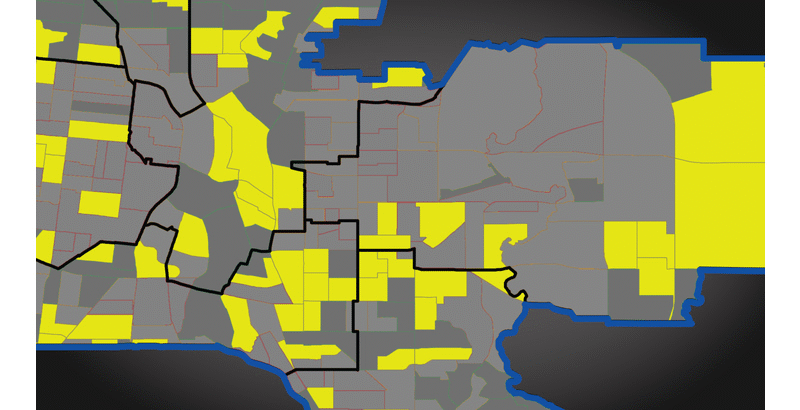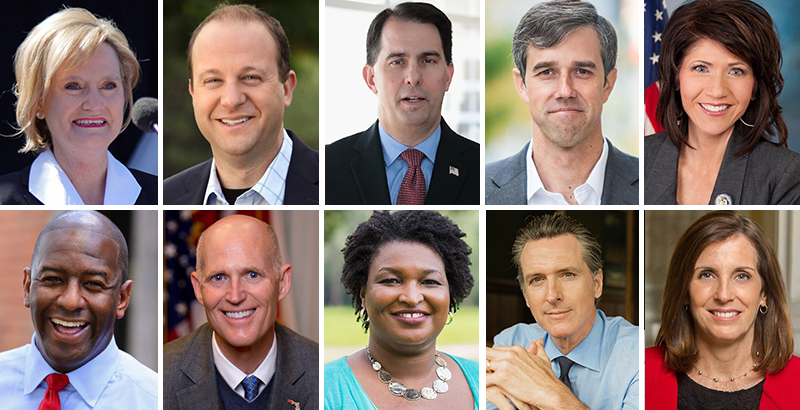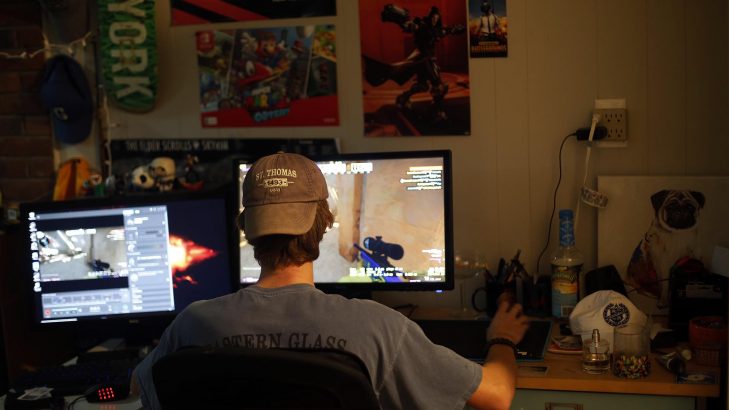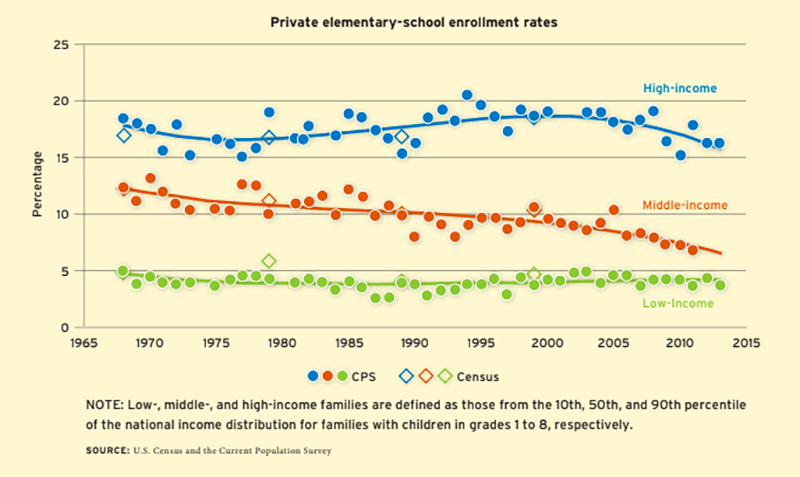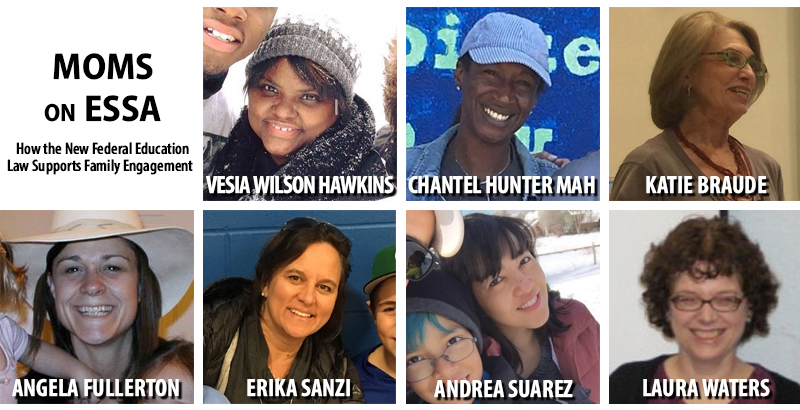Best Education Articles of the Year: Our 18 Most Popular Stories About Students and Schools From 2018

This is the latest roundup in our “Best Of” series, spotlighting top highlights from this year’s coverage as well as the most popular articles we’ve published each month. See more of the standouts from across 2018 right here. (You can get all the latest features, essays, and videos delivered straight to your inbox by signing up for The 74 Newsletter)
2018 was a year that kept us on our toes. From teacher strikes to student walkouts, Supreme Court stunners, school shootings, and the midterms, it’s been a nonstop churn of breaking news. And none of that even touches upon the enterprise features and investigations that have proven to be most popular and evocative with subscribers.
So we thought we’d take a moment, before careening into a new Congress and the next news cycle, to try to draw a frame around the year that was. These were our 18 most popular, most widely shared, and more influential articles and videos from 2018 (you can also check out our top 17 articles from 2017):
Integration: Over several months this past spring, national correspondent Beth Hawkins tracked the groundbreaking integration efforts of the 78207, the zip code located on the west side of San Antonio, Texas. It is the poorest neighborhood in America’s most economically segregated city: 91 percent of students in the San Antonio Independent School District are Latino, 6 percent are black, and 93 percent qualify for free or reduced-price lunch. As Beth reports, into this divided landscape three years ago came a new schools chief, Pedro Martinez, with a mandate to break down the centuries-old economic isolation that has its heart in the 78207. In response, Martinez launched one of America’s most innovative and data-informed school integration experiments.
He started with a novel approach that yielded eye-popping information: Using family income data, he created a map showing the depth of poverty on each city block and in every school in the district — a color-coded street guide comprising granular details unheard of in education. And then he started integrating schools, not by race, but by income, factoring in a spectrum of additional elements, such as parents’ education levels and homelessness. To achieve the kind of integration he was looking for, he would first have to better understand the gradations of poverty in every one of his schools and what kinds of supports those student populations require, and then find a way to woo affluent families from other parts of the city to disrupt these concentrations of unmet need. Martinez’s strategy: Open new “schools of choice” with sought-after curricular models, like Montessori and dual language, and set aside a share of seats for students from more prosperous neighboring school districts, who would then sit next to a mix of students from San Antonio ISD. Read Beth’s immersive profile of the San Antonio experiment.
EDlection 2018: Education reform, or at least some of its more controversial components, didn’t have the best midterm night in November. Across more than 40 states and 70 races, The 74 chronicled key ballot propositions, state-level majorities and the broader blue wave that will reshape federal education policy in 2019. From key races in California and Wisconsin to surprising twists in Colorado, Florida, and Texas, see our complete breakdown of the 2018 votes and what it will mean for school policy going forward.
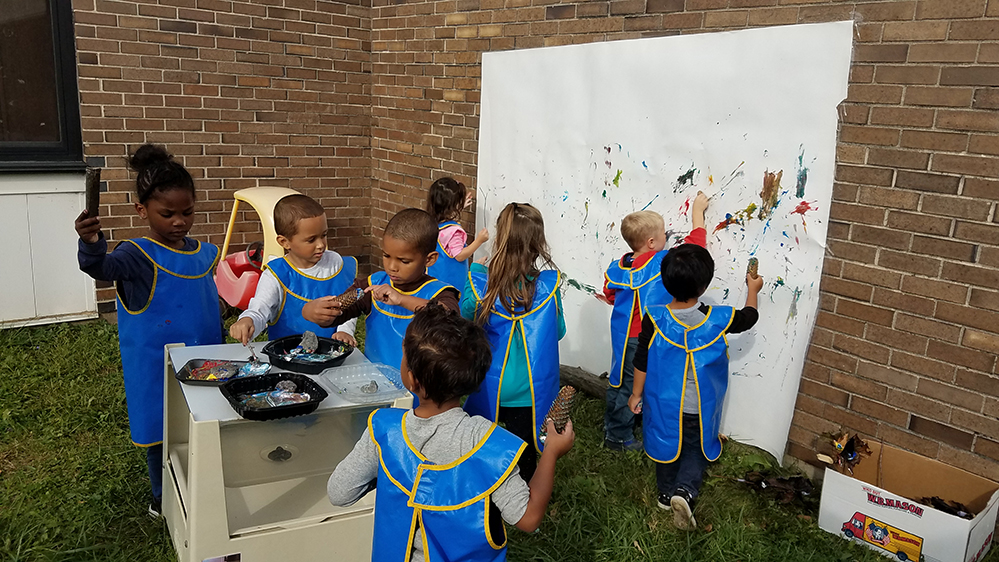
Early Education: After New York State rolled out new standards that called for “active, joyful engagement” in its early-learner classrooms, Watertown City School District introduced a play-based curriculum that it will expand through third grade. Researchers have known for a while that playtime shouldn’t stop when children enter the classroom. In fact, it’s critical to the cognitive development of elementary-aged students by building better thinkers, collaborators, and creators. And child-directed learning has been shown to deliver significant academic gains, according to a study of three preschool programs in Washington, D.C. Students who had been in a formal, traditional academic environment during preschool earned lower grades after several years of schooling than their peers who had been in preschools where active, child-initiated learning was more common, the study found. While play-based learning can still be a tough sell as schools face the pressures of standards and teacher training, Kate Stringer reports on why some district leaders and researchers are hopeful that the pendulum is finally making its way back toward play for a school’s youngest learners.
School Safety: All year at The 74, senior writer Mark Keierleber has been tracking injuries on school campuses caused by gunfire. (You can see the running tally of incidents right here at our 2018 School Shooting Series.) Earlier this week, Mark offered his final recap of the 12-month effort: Over the course of the year, firearm incidents took the lives of at least 49 people and injured at least 88 others. Reaction to school shootings reached a fever pitch in 2018, prompting an unprecedented response from lawmakers, school officials and students who said they had had enough. But school shootings are statistically rare. So why do they successfully drive the policy debate surrounding American gun violence and school safety? Read Mark’s final analysis.
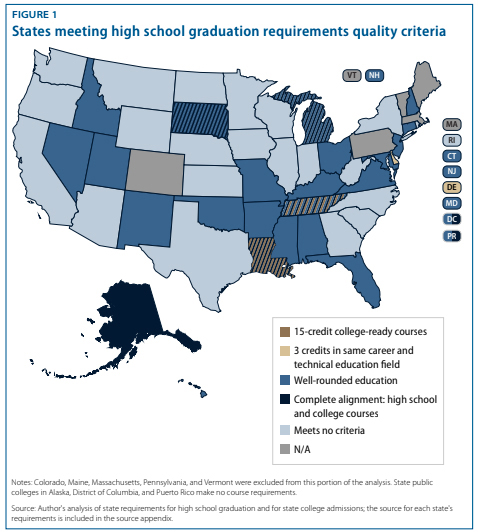
Standards: Across the country, high school graduation rates have soared to levels never before seen. But even while millions more seniors have crossed the graduation stage over the last decade, fears have grown that many are being waived through without truly being prepared for college or the workforce. Now a study from the Center for American Progress shows that just four states — Louisiana, Michigan, South Dakota, and Tennessee — align high school graduation requirements with entrance eligibility for public colleges. That means that millions of students are finishing high school every year without realizing that they need additional course credits in math, science, and foreign languages before they can enroll in their state university systems. Many will begin college in remedial classes — a virtual guarantee that they won’t earn a college degree on time. Kevin Mahnken surveys the surprising findings.
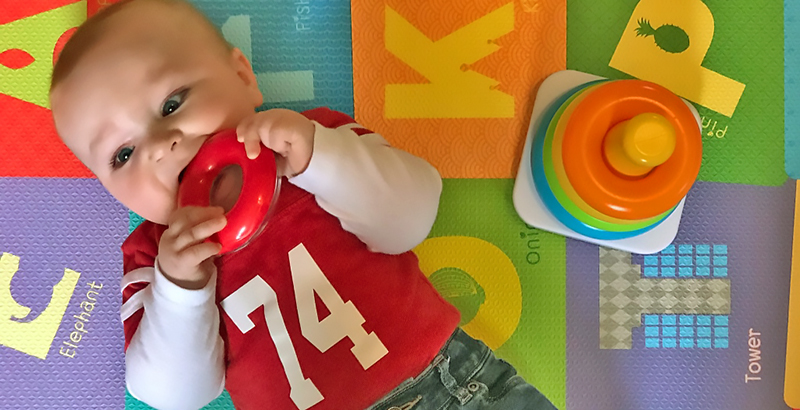
Resilience: Even the scientists at MIT admit: There’s no computer as powerful as the brain of a baby. That’s why one graduate student decided to conduct an experiment to discover more about how babies learn, specifically, skills like grit and resilience and growth mindset. Turns out, the power of observation is profound at even the youngest ages. After watching adults struggle with a task before ultimately succeeding, babies demonstrated similarly resilient skills during playtime. Kate Stringer has more on the study, its findings, and what other experts in child development say about the findings: Here’s how adults can teach grit to kids as young as 13 months.

Student Discipline: When 15-year-old Matthew McCree was stabbed to death at the Urban Assembly School for Wildlife Conservation in September 2017, it was the first killing in a New York City school in decades. The incident initially received substantial media coverage, focusing particularly on homophobia and unaddressed bullying at the Bronx school. Abel Cedeno, 18, facing manslaughter charges in the case, said he was tormented and threatened because of his sexuality. But those close to McCree say there is more to the story. Eight of his teachers and six of his friends spoke to 74 contributor Max Eden, who has become well known nationally as a critic of restorative justice discipline practices. Those inside UA Wildlife told Eden that after edicts came down to reduce suspensions and weak leadership was put in charge of the once-thriving school, “meaningful consequences for misbehavior were eliminated, alternative approaches failed, and administrators responded to a rising tide of disorder and violence by sweeping the evidence under the rug.” If school leaders had “prioritized student safety over statistics, McCree’s teachers believe, he would still be alive. And they fear that the dynamics that destroyed UA Wildlife are playing out across New York City.” Read Eden’s startling investigation.
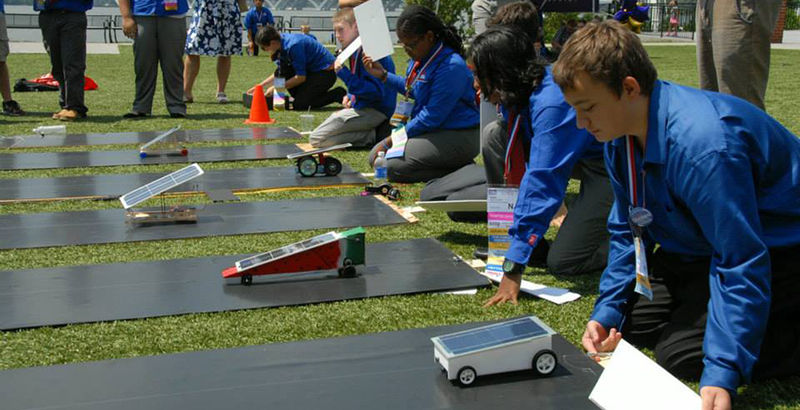
Future of Work: You’ve probably heard of Future Farmers of America or Vocational Industrial Clubs of America, but you probably didn’t know that they don’t go by those names anymore. FFA and SkillsUSA, as they’re now called, are Career and Technical Student Organizations, two of 11 federally funded co-curricular programs that have been around since the mid-1900s but have evolved to meet the needs of the 21st-century students they serve. While the majority of students in the 1960s could enter the middle class with no more than a high school diploma, now, the majority of good jobs belong to those with a bachelor’s degree. To survive, CTSOs, as they’re called, have also had to adapt and now boast of preparing students for a large swath of soft skills, including leadership, collaboration and communication. Kate Stringer spoke with some former students around the country who have participated in these new and improved CTSOs to see how they influenced their career trajectories.
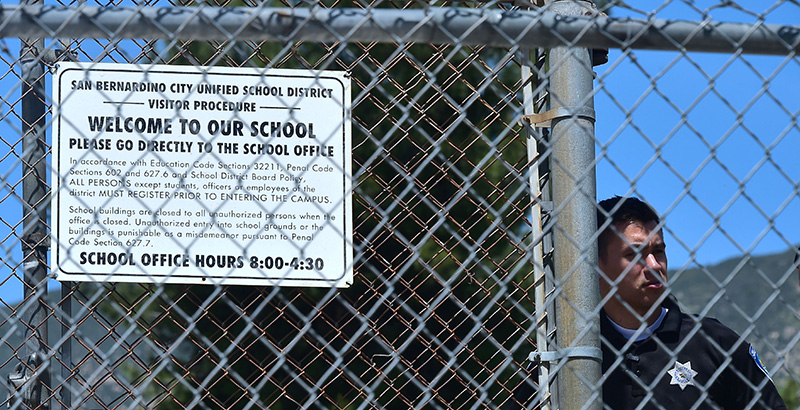
Funding: In the two decades since the mass school shooting at Columbine High School in Colorado, school security has become a growth industry, reaching nearly $3 billion this year. With every tragedy, security companies boost their marketing efforts with a simple message: Your school could be next. The industry and advocacy groups lobby lawmakers to increase school security funding and to develop guidelines outlining surveillance requirements — including advocating for the STOP School Violence Act, which pumps millions of federal dollars into school security efforts. But amid an environment of heightened fear among school leaders and parents, critics argue that these security companies have an ulterior motive: profit. And although most schools have security equipment, like surveillance cameras, research into the effectiveness of this technology is surprisingly scarce. So, are America’s students any safer? Mark Keierleber investigates.
Pop Culture: Childish Gambino goes from viral video to the classroom. Back in May, Donald Glover — known musically as Childish Gambino — dropped his latest hit, “This Is America.” The song and accompanying video, which amassed more than 125 million views in less than two weeks, provocatively and elusively alludes to America’s tangled history with race and gun violence. In other words, it’s a dream for history and social studies teachers. Taylor Swaak reports on how educators across the country harnessed this piece of pop culture to shape conversations on history, symbolism, and the power of self-expression.
Student Rights: It was just weeks after the mass school shooting in Parkland, Florida, when school security showed up outside Zach Cassidento’s Connecticut classroom. They escorted him to the principal’s office, where he was suspended and arrested. Then, police searched his home. In his cluttered bedroom, they found the gun that Zach had photographed and posted on Snapchat before leaving for school that day. Though the gun was a toy, a student had seen the post, taken it as a threat and reported it — landing Zach squarely in the middle of a debate over security, social media, and students’ rights. In recent years, schools have increasingly turned to students’ online posts to identify threats of violence — and with good reason, since shooters often broadcast their plans before they attack. But, as Mark Keierleber reports, Zach’s story illustrates the challenges schools face in identifying true threats in a digital realm that offers unparalleled access to students’ thoughts and ideas, but where intentions are frequently unclear.
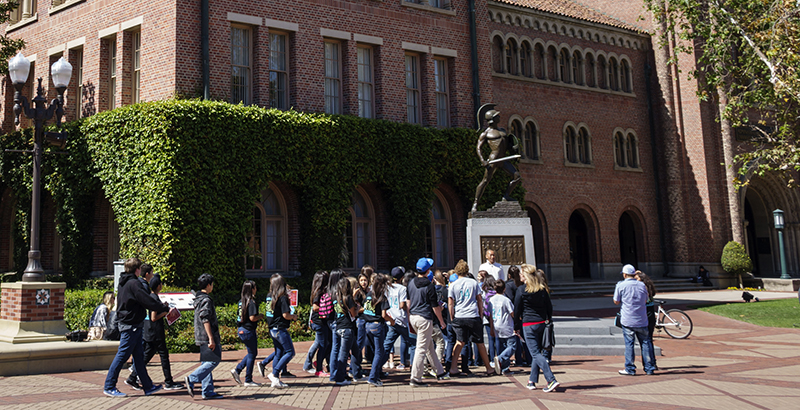
4Fams: Beth Hawkins writes about the hardest lesson she has learned advocating for her two sons. Both boys are white, exceptionally bright, and live in a zip code that entitled them to seats in the best schools in the city where they live, Minneapolis. When it was time for her oldest, Royce, to enter kindergarten principals and teachers rushed to assure her that they would nurture his gifts. And they did, pushing him to take the hardest classes and steering him to one opportunity after another. His younger brother Corey — not so much. The gatekeepers to those same opportunities saw his autism but not his intellect, steering him away from the same level of academic challenge. Never mind that his goal is the same: To graduate and go on to a college where he’ll be encouraged to develop his passions. “Call it stereotype threat, implicit bias, or pity born of privilege — there is a mountain of data on how poorly students fare when the adults in their lives don’t set high bars and push them to vault them,” Hawkins writes, in a first-person account of what it’s like to live a reality she’d previously understood from the remove of a reporter’s vantage. “But to parse those decades of research isn’t to understand on a gut level what it feels like to realize your teachers have sized you up and dumbed down their estimation.”
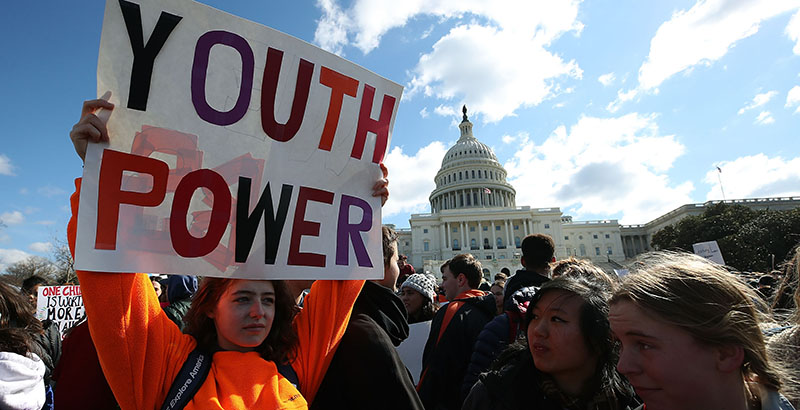
Inside the National School Walkout: What We Saw at 7 Very Different Marches Against Gun Violence
Student Protest: From coast to coast, hundreds of thousands of students participated in the March 14 National School Walkout, demonstrating against gun violence and paying tribute to the 17 victims of the Parkland, Florida school shooting a month prior. In many places, the 17-minute protests — one minute for each Parkland victim — lasted much longer, as students gathered on the streets, in gyms, on athletic fields, in church, even on the grounds of the U.S. Capitol, holding signs and speaking eloquently against the epidemic of gun-related deaths and injuries at schools across the country. The 74’s staff fanned out across the country to capture these poignant scenes and moments from seven very different kinds of protests.
Study: As Catholic Options Dwindle, Middle Class Retreats From Private Schools
Big Picture: Catholic schools, which once accounted for nearly 90 percent of all private elementary school students, now enroll just 42 percent, according to a new report published in the journal Education Next. The study, which examines attendance trends among various private schools over the last half-century, finds that middle-class families have moved away from the private sector in recent decades; at the same time, more affluent families, especially those in the South, are increasingly embracing private academies — particularly secular ones — as an alternative to public schools. That has led to a growing gap between upper- and middle-class students enrolled at private schools across the country. Kevin Mahnken summarizes the study’s top findings.
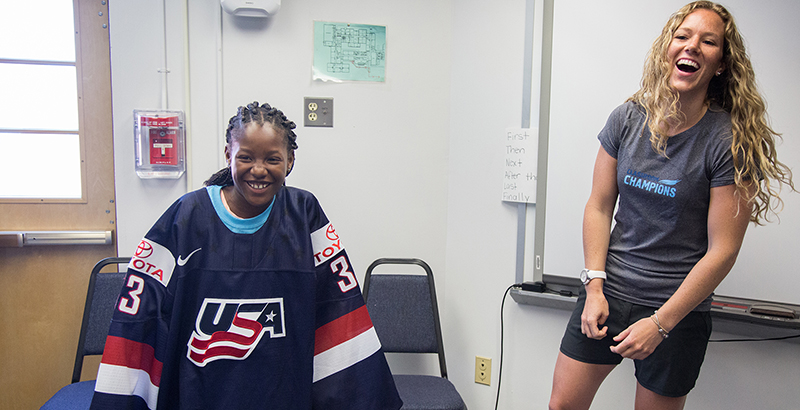
Social-Emotional Learning: What can one of the best bobsledders in the world teach a fourth-grade class about social-emotional learning? A lot, it turns out. As U.S. athlete Elana Meyers Taylor was training for her third round at the Olympics this year (she won a silver in South Korea), she was also training kids in six classrooms in how to persevere, set goals, and work as a team. Meyers Taylor is part of Classroom Champions, a nonprofit that pairs professional athletes with students around the world to scale social-emotional mentoring. It was created by a fellow Olympic bobsledder and gold medalist Steve Mesler and has impacted 25,000 students so far. As the U.S. Olympic team took off to compete in PyeongChang, Kate Stringer offered this profile of the organization and captured some of the most important lessons students say they have learned from the athletes they call “their Olympians.”
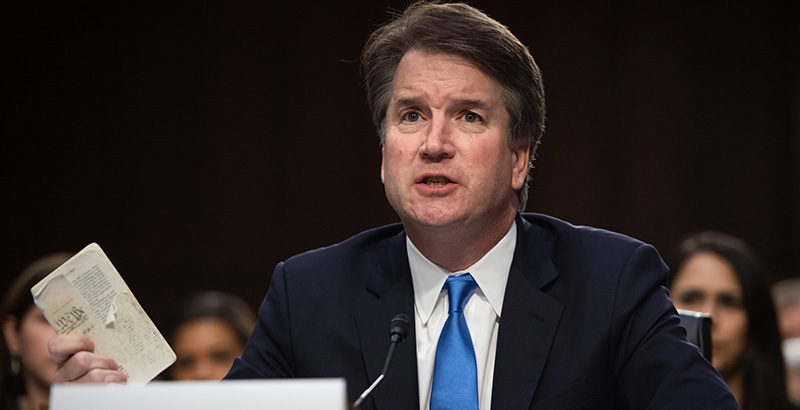
‘There Is an Open Question’: Four Religious School Choice Cases That Could Face SCOTUS and Kavanaugh
Supreme Court: During Judge Brett Kavanaugh’s heated confirmation hearings in September, Carolyn Phenicie offered a snapshot of court cases on the horizon that the new justice might face during his early years at the High Court. As she reports, Kavanaugh had long been clear that he backs school choice, having worked earlier in his career to defend a Florida opportunity scholarship program that included religious schools. Following his confirmation, there is now a very good chance he could hear as many as four cases — from New Mexico, Montana, Maine, and Washington — that challenge state-level prohibitions on public funding of religious institutions in light of last year’s Trinity Lutheran ruling that states can’t discriminate against religious institutions applying for public dollars for nonreligious purposes. Carolyn breaks down the cases waiting in the wings.
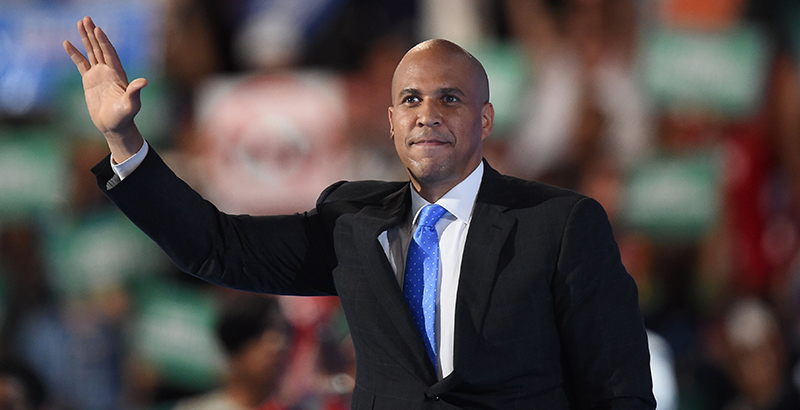
74 Interview: Last winter, Sen. Cory Booker’s office reached out to contributor Laura McKenna to talk about new studies that he said proved the education reforms he implemented as Newark’s mayor were not a failure, as conventional wisdom held, and actually produced measurable gains for students. Once an outspoken Democrat on education reform, Booker — like many in his party — has largely avoided the topic of late. But now, with a possible presidential run on the horizon, he spoke at length about his trajectory in Newark, equity in education, the new research about student outcomes in the district, and how he enlisted celebrity star power — and dollars — to implement his reforms. You can read the complete 74 exclusive here.
The Every Student Succeeds Act: Two years after President Barack Obama signed the Every Student Succeeds Act into law, the new federal policy that pushes educational authority back to the states is on track to be implemented in most places this fall. As part of that decentralization, parents and families are positioned to see a surge in power over schools in their communities. Among numerous new provisions, ESSA stipulates that districts must allocate at least 1 percent of their Title I funding — federal dollars granted to high-poverty districts and schools — to engaging parents and families. To better understand what should be incorporated in these family engagement plans, what they could — and should — look like, The 74 sought input from the experts in the matter: parents. We tapped mothers from across the country, hailing from districts urban and rural, privileged and impoverished, to learn more about what works, what doesn’t, and what can be done better to engage families in authentic, meaningful, and effective ways that promote student success.
Go Deeper: See all of The 74’s top 2018 highlights right here. Get the latest features, essays, analyses, and videos delivered straight to your inbox by signing up for The 74 Newsletter.
Get stories like these delivered straight to your inbox. Sign up for The 74 Newsletter

;)
